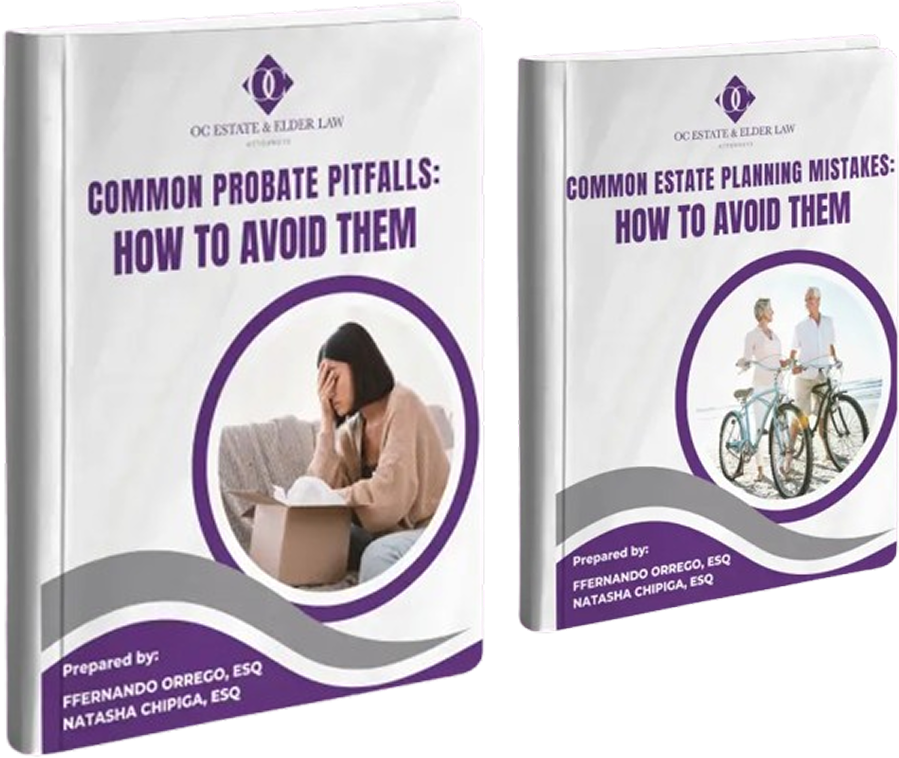Halloween is a great time to learn about how you can control your finances after you pass away. From beyond the grave. Knowing the origins of Halloween gives us a deeper appreciation for the holiday. The same is true when it comes to estate planning. Understanding how trusts originated will give you deeper insight on how using a trust can benefit your family even after you’re gone.
How did Halloween Get Started?
In ancient times, the Celtic festival known as Samhain recognized October 31st as an important day where the boundaries between the world of the living and the spirit world are suspended. The souls of the dead and other supernatural beings are then free to walk among the earth. Eventually, Immigrants from Ireland and Scotland brought the holiday to the United States.
The commercialization of Halloween started in the early 20th century, when paper decorations and post cards were produced. Halloween costumes began to appear in stores in the 1930s and 40’s and the tradition of “trick-or-treat” arose in the 1950s. Just as Halloween has skyrocketed in popularity, so has the advent of an invaluable estate planning tool, known as the trust. Thus, while you are still amongst the living, allow me to share with you how a living trust works.
A Brief History of Trusts
Trusts date back to the early 16th century in England. Feudal landowners began transferring legal title of their land to third parties while retaining the benefits of ownership. Trusts have evolved since then. They are a flexible estate planning tool that vary in complexity depending on your goals. For a long time, trusts in the U.S. were synonymous with ultra wealthy families. In the 21st century, trusts have proven very useful to a wide variety of individuals, especially homeowners, families with special needs individuals, and parents with small children.
What is a Trust?
A trust is a legal document that allows an individual to avoid the probate process after they pass away. With a trust, any assets located in the trust on the date of your death get passed automatically to your designated loved ones without having to go through any court process. Think of it as a treasure chest. The individual who creates a trust (the “grantor” or “settlor”) places their assets and other property into the treasure chest (the trust). This includes real estate, savings accounts, life insurance policies, safe deposit box contents, etc. Within the trust document, you indicate who your beneficiaries are and exactly how much they receive upon your death. You also specify who is in charge (a successor trustee) of distributing the assets after your death. That allows the property to be held and protected for the benefit of your beneficiaries. Upon your death (the death of the grantor), the assets pass to your beneficiaries through trust.
What is a Living Trust?
A living trust (or revocable trust) is one that is created during your lifetime as opposed to one that is created at your death (testamentary trust). In a living trust you serve as your own trustee, maintaining control of the property held in trust during your lifetime. You can make any changes, additions, cancellations, or modifications to the trust document at any time. This is often the preferred type of trust for inheritance purposes.
Benefits of a Living Trust
A living trust is a primary estate-planning document that is used in place of a Last Will and Testament (“will”). Assets are then transferred into the trust.
- Trusts are used to by-pass probate. This means that upon your death, all assets in the trust pass to the beneficiaries through the trust, and not through any court process.
- Trusts can provide your beneficiaries with asset protection. Upon inheriting any monies or assets through a trust, the beneficiary enjoys financial protection from future creditors, divorces, and bankruptcy.
- Living trusts are typically revocable: the creator can change any terms or completely revoke (cancel) the trust during their lifetime. Once the creator dies, the trust becomes irrevocable, meaning the terms can no longer be changed.
- Trusts are private documents that, unlike wills, do not become a part of the public record.
- Trusts allow you to decide who the successor trustee will be after you are gone (the person that will manage the trust and control the distributions).
- Trusts allow you to determine at what age, when, and how the beneficiaries receive their money; this is especially important if beneficiaries are minor children.
- Trusts allow for beneficiaries to receive money incrementally at certain ages, rather than one lump sum at the time of your death.
Trusts are a great way to ensure that even after you pass on, your legacy continues on your terms. Contact OC Estate and Elder Law at (954) 251-0332 or info@ocestatelawyers.com to learn how a living trust can help you control your wealth from beyond the grave.
















